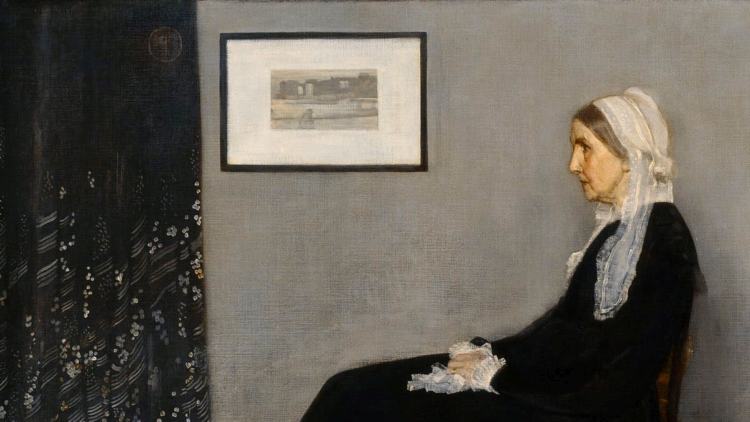Art and Kant

Whistler's Mother (1871).
In 1871 James McNeill Whistler finished the iconic Whistler’s Mother (pictured). The painting took off as a symbol of Victorian women who prided themselves on moral restraint and family values. But, interestingly, ‘Whistler’s Mother’ is only a colloquial reference: the painting’s real name is Arrangement in Grey and Black No 1.
Whistler had no real interest in family portraits; apparently, his mother was a stand-in for someone else. Whistler’s actual intention was to technically challenge himself at modulating tones of grey and black for half-light viewing.
The story of Whistler’s Mother provokes interesting ontological questions about art: namely, what is it?! Like in the following examples, the intent of a creator can be entirely different to the content experienced:
- A dog steps on a camera and takes an amazing photo.
- A machine produces a number-1 hit following a formula.
- A paint pot is spilt over a canvas with a pleasing result.
The concept of ‘aesthetic’, which is used to designate our responses to art, may help us here. That is, certain objects elicit certain reactions: value, judgement, taste, experience, attitude … and art exists according to them. However, these reactions vary widely per work of art. So how does art truly exist in virtue of them?
So does art have any intrinsic properties? According to Kantian conceptions (see also G.E. Moore), it does. We experience (1) interested pleasure, arising from impressions of a personal context (instrumental value), and (2) disinterested pleasure, arising from rational appreciation of aesthetic qualities (intrinsic worth with respect to colours, lines, etc.).
However, this dichotomy is predicated on strong differential assumptions. Valuing art on an instrumental basis leads to under-distancing, where we get too personally involved. Conversely, valuing art intrinsically leads to over-distancing, where we obsess over technical details, disregarding why we value art in the first place.
There’s another challenge for Kantians, too: they must rule out subconscious ‘shine-through’ between our ‘interested’ and ‘disinterested’ compartments. For it’s possible that our disinterested assessments of art our affected by our personal judgement. For example, a feeling of nausea as we analyse a painting from the perspective of a clifftop may subvert our consciousness and sway our evaluation of the painting.
Then again, is a single definition of art that important: if subjectivity stops us from rationalising the same beauty objectively, does it really matter?
